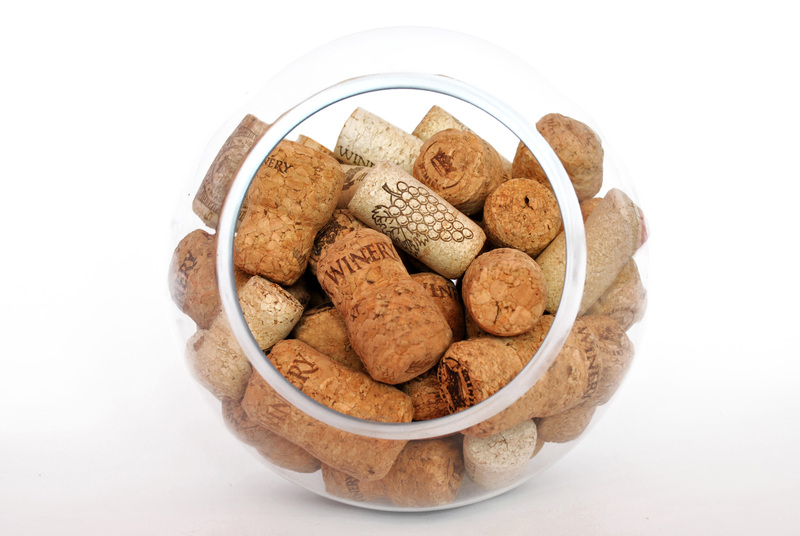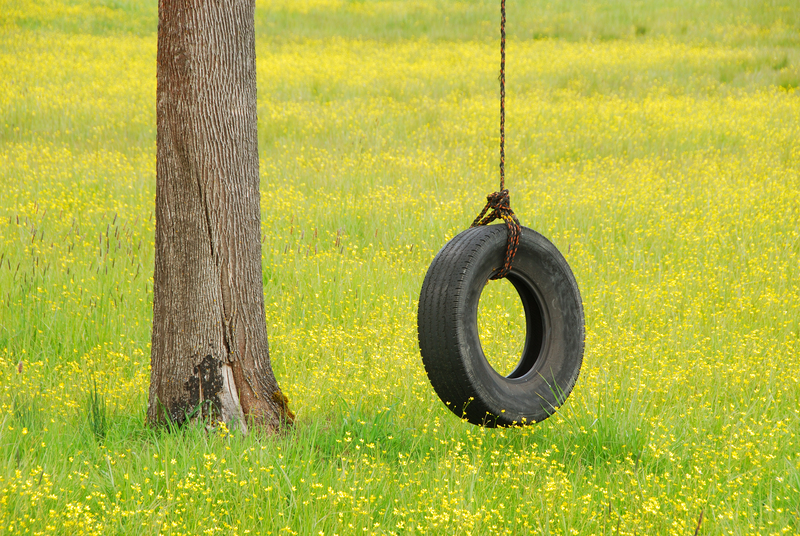Wood waste, which includes scraps, sawdust, and offcuts from woodworking projects, can be a significant concern in terms of disposal. Properly managing wood waste is not only environmentally friendly but can also be surprisingly creative and practical. This article will explore various ingenious wood waste disposal ideas that can help you manage this resource effectively.
1. Upcycling and Reusing Wood Scraps
One of the most creative ways to dispose of wood waste is to upcycle and reuse it in other projects. With a bit of creativity, you can transform wood scraps into functional and decorative items.
- DIY Furniture: Use larger scraps to create small furniture pieces such as stools, shelves, or even decorative frames.
- Home D?cor: Wood scraps can be turned into picture frames, candle holders, or wall art.
- Garden Projects: Create planters, birdhouses, or garden stakes from wood waste.

2. Composting Sawdust
Sawdust can be an excellent addition to your compost pile, provided it comes from untreated wood. Sawdust helps in balancing the carbon-to-nitrogen ratio in compost, making it a viable option for garden enthusiasts. However, it's important to mix sawdust with green waste, such as vegetable scraps, to speed up the decomposition process.
3. Creating Wood Mulch
Wood chips and sawdust can be turned into mulch for your garden. Mulching helps retain soil moisture, suppress weeds, and improve the overall soil structure. Simply spread a layer of wood chips around your plants and trees to reap these benefits.
4. Craft Projects for Kids
Engage your children in creative activities by using wood waste for craft projects. Build simple toys, puzzles, or even small models. Not only does this promote creativity in kids, but it also teaches them the importance of recycling and reusing materials.
5. Wood Burning for Heat
In areas where it's permissible, wood can be used as a source of heat. Scrap wood from untreated sources can be burned in fireplaces or wood stoves. However, it's crucial to ensure that the wood is untreated to avoid releasing harmful chemicals into the environment.
Tips for Effective Wood Waste Management
- Sort Your Wood Waste: Separate treated wood from untreated wood. Treated wood cannot be composted or used in garden projects due to the chemicals it contains.
- Storage: Keep wood waste in a dry place to prevent mold and decay.
- Donations: Donate usable wood scraps to schools, community centers, or DIY enthusiasts who might benefit from them.
Pros and Cons
Pros
- Environmental Benefit: Reusing and recycling wood waste reduces landfill usage and promotes sustainability.
- Cost Effective: Utilizing wood waste can save money on new materials.
- Creative Projects: Many disposal ideas encourage creativity and can result in unique, handmade items.
Cons
- Time Consuming: Some projects may require significant time investment.
- Storage Space: Storing wood scraps can take up valuable space.
- Treated Wood Challenges: Proper disposal of treated wood can be complex and may require special handling.

Key Takeaways
- Upcycle and reuse wood waste to create practical and decorative items.
- Composting sawdust and creating wood mulch are eco-friendly disposal methods.
- Engage children in craft projects using wood scraps to promote creativity and recycling awareness.
- Burning untreated wood for heat can be an effective way to utilize wood waste.
Conclusion
Wood waste disposal doesn't have to be mundane or environmentally taxing. By implementing these creative ideas, you can not only manage your wood scraps effectively but also contribute to sustainability. Whether you're upcycling, composting, or engaging in craft projects, the possibilities are endless. Remember to prioritize safety and environmental considerations in your disposal methods to truly make a positive impact.
